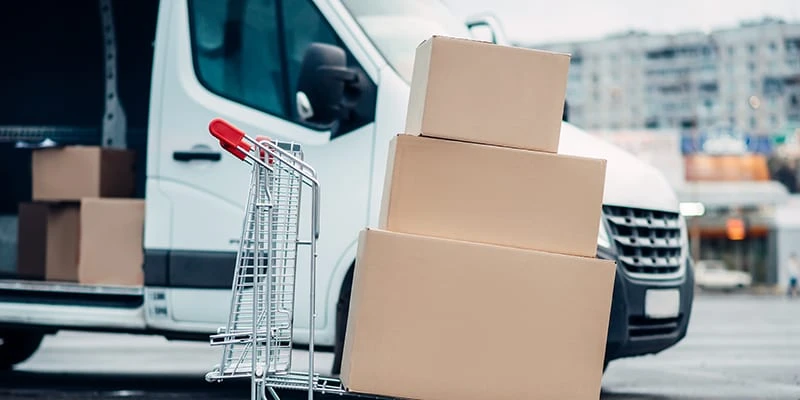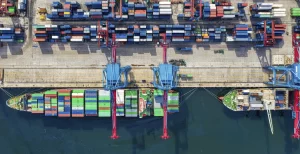
Out with the old in with omnichannel fulfillment
Out with the old in with omnichannel fulfillment Multi-channel fulfillment strategies aren’t cutting it anymore. Instead, retailers need to invest in an omnichannel fulfillment strategy

Cognira is the leading artificial intelligence solutions provider for retailers. Cognira is passionate about helping retailers unlock valuable, transformative business insights from their data.
We know retail. We love data.
To learn more, check out our website at cognira.com or contact us today to get started.

Out with the old in with omnichannel fulfillment Multi-channel fulfillment strategies aren’t cutting it anymore. Instead, retailers need to invest in an omnichannel fulfillment strategy

How the Supply Chain Stole Christmas The rush to start Christmas shopping came much earlier this year. Many consumers started working on their family and
Founded by experienced data scientists and retail experts, Cognira is the leading artificial intelligence solutions provider.